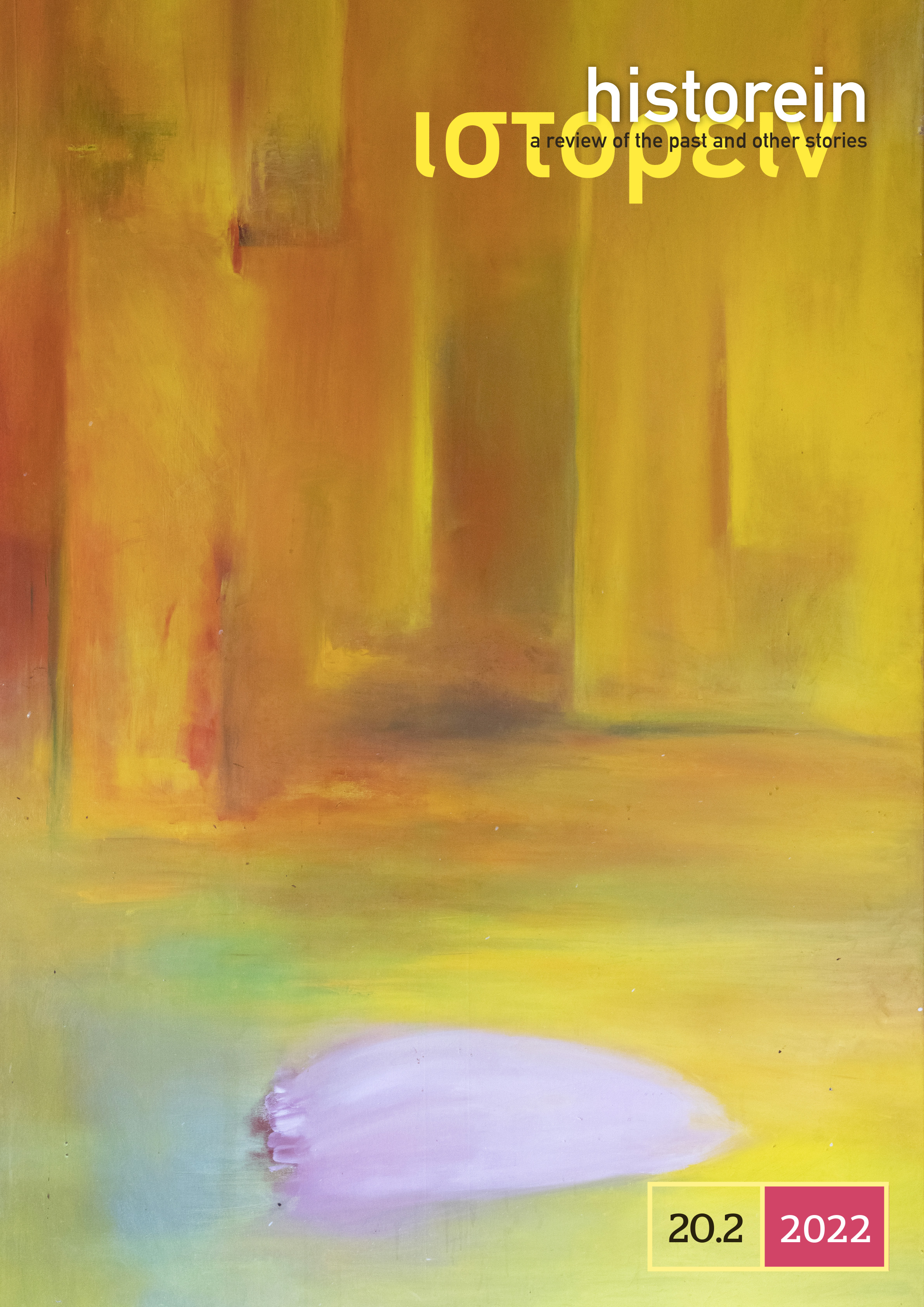Building the New Socialist Person Key Issues in Grecophone School Reading Textbooks of the Soviet Union, 1927–1937

Abstract
This study explores the concept of the new socialist person as it emerges from the pages of interwar Soviet readers for Grecophone populations. It focuses on the modifications the concept underwent to meet conjunctural needs and in the context of the social, political, ideological and economic changes in the USSR and the politics of the communist parties. The building of the new socialist person involved a renegotiation of identity markers such as gender and nationality, which were subordinated to a labour-centred picture. Accordingly, the new citizen identity was defined in terms of participation in the fulfilment of production targets, socialist emulation, defence of the socialist homeland and political participation in Communist Party organisations as mediated by the personality cult and total respect for hierarchy.
Article Details
- How to Cite
-
Papastefanaki, E., Papathanasiou, C., Vafeas, N., & Athanasiades, H. (2023). Building the New Socialist Person: Key Issues in Grecophone School Reading Textbooks of the Soviet Union, 1927–1937. Historein, 20(2). https://doi.org/10.12681/historein.26287
- Section
- ARTICLES

This work is licensed under a Creative Commons Attribution-NonCommercial-ShareAlike 4.0 International License.
The copyright for articles in this journal is retained by the author(s), with first publication rights granted to the journal. By virtue of their appearance in this open access journal, articles are free to use (with the exception of the non-granted right to make derivative works) with proper attribution for non-commercial uses (licence Creative Commons 4.0). EKT/NHRF retains the worldwide right to reproduce, display, distribute, and use articles published in Historein in all formats and media, either separately or as part of collective works for the full term of copyright. This includes but is not limited to the right to publish articles in an issue of the Journal, copy and distribute individual reprints of the articles, authorize reproduction of articles in their entirety in another EKT/NHRF publication, and authorize reproduction and distribution of articles or abstracts thereof by means of computerized retrieval systems.

